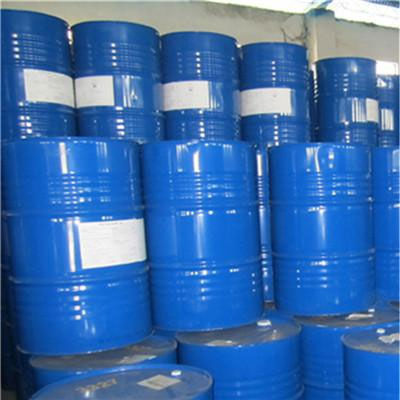- English
- Español
- Português
- русский
- Français
- 日本語
- Deutsch
- tiếng Việt
- Italiano
- Nederlands
- ภาษาไทย
- Polski
- 한국어
- Svenska
- magyar
- Malay
- বাংলা ভাষার
- Dansk
- Suomi
- हिन्दी
- Pilipino
- Türkçe
- Gaeilge
- العربية
- Indonesia
- Norsk
- تمل
- český
- ελληνικά
- український
- Javanese
- فارسی
- தமிழ்
- తెలుగు
- नेपाली
- Burmese
- български
- ລາວ
- Latine
- Қазақша
- Euskal
- Azərbaycan
- Slovenský jazyk
- Македонски
- Lietuvos
- Eesti Keel
- Română
- Slovenski
- मराठी
- Srpski језик
The role of flexible foam polymer polyols
2025-06-26
Flexible foam polymer polyol is one of the key raw materials for making flexible foam. It plays a very important role in the formation of foam, including:
Reacting with isocyanate to form foam: Polyol is part of polyurethane foam, which reacts with isocyanate to form a polyurethane chain structure, thereby building a three-dimensional network structure of the foam. In this reaction process, the polyol provides active hydrogen atoms, which react with the isocyanate of isocyanate to form the final polymer.
Determine the hardness and density of the foam: The molecular structure and molecular weight of the polyol affect the hardness, elasticity and density of the foam. Short-chain polyols usually result in softer foams, while long-chain polyols may form more solid foams.
Adjust the physical properties of the foam: By changing the type and proportion of polyols, the compressive strength, resilience, air permeability, water absorption and other properties of the foam can be adjusted. This allows flexible foam polymer polyols to be customized according to different application requirements, such as furniture, car seats, mattresses, etc.
Improve the processability and processing of foam: The choice of polyol also affects the processing performance of the foam, especially the fluidity and foaming characteristics during casting or spraying. The appropriate polyol formulation ensures good operability of the foam during production.
Enhance flexibility: In flexible foam, the role of polyol is to make the final foam material have high flexibility, suitable for applications that require elasticity, comfort and cushioning properties, such as seat pads, mattresses, etc.
In short, flexible foam polymer polyols not only participate in chemical reactions to form the molecular chain of polyurethane, but also determine the performance, structure and final application effect of the foam.




